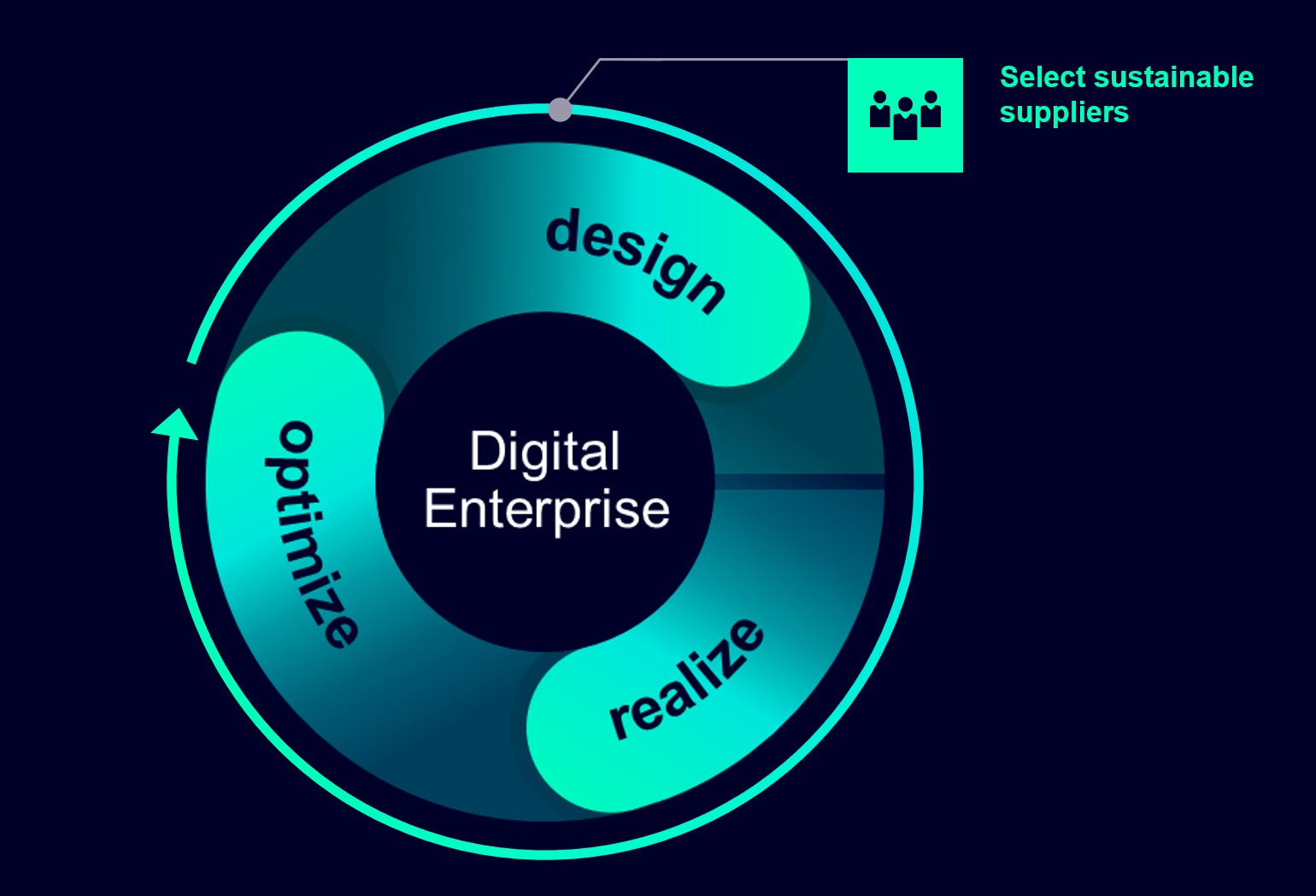Designing sustainable supply chains for your product

Last time we talked about the role of conceptual design in creating tomorrows sustainable products – covering the reasons more businesses than ever are adopting these new business drivers as well as how they might start implementing them into their design workflow. Today, we will be covering the impact of supply chains on designing your next product sustainably and what the new mindset will entail.
An important statistic we talk about a lot is that 80 percent of a product’s carbon emissions are determined during the design phase of production. Choosing the right suppliers to work with can have a massive impact on the final product – from the manufacturing processes they use to where they purchase their energy and even their geographical proximity to your other suppliers and eventual customers.
The manufacturing capabilities of your suppliers have always had a heavy impact on the design of your product. Products needed to be designed for manufacturing, whether it is injection molded, machined, cast, forged, or printed. Now, the part’s performance needs to be balanced alongside the capability of the suppliers, the cost for their quality, and the associated environmental impacts of the process. For example, if a component relies heavily on organic structures and light-weighting to hit its KPIs it may make sense to 3D print the part. But not every supplier will be able to produce the part at scale, consistently. And whatever process is used, it is important to understand the associated costs upfront to narrow the design space to the possible and optimized solutions.
There is also the factor of where supplier get their energy, in selecting the right partner for a product. Depending on availability and technological possibilities, some supplier may still rely on fossil fuels for manufacturing. For example, high temperature processes are very hard to decarbonize – through electrification or alternative fuels. And even the ones that can be rely on complex energy grids that are rarely 100 percent renewable. Understanding how your suppliers meet production capacity is an important data point in designing a sustainable product and can be a critical component to decarbonizing a product.
Supplier selection also impacts the transportation networks needed to move components around the world during manufacturing and assembly. Long distances between suppliers necessitates either carbon intensive air freight networks or long lead times associated with less carbon intensive modes of transportation. A part you will need consistent and reliably might make more sense to establish longer transport delays because you can schedule order in advance. Meanwhile custom manufacturing for one off or prototyping might be best suited to geographically close suppliers that rely on road or rail.
On their own each of these ideas feels pretty straight forward, and to an extend they are, which is why our global supply chains operate according to them. The challenge comes from balancing all of the rules of thumb for profitability and sustainability in your design. There are too many combinations of manufacturing methods, supplier energy sources, and geography to find the right supplier network manually. Rather, the designer for tomorrow’s sustainable products will be relying on comprehensive digital tools to collect, analyze, and optimize their supplier network.
To learn more about the future of sustainable design and supplier networks, check out our website. And check back soon for the next part of sustainable design – the detailed design process.
Siemens Digital Industries Software helps organizations of all sizes digitally transform using software, hardware and services from the Siemens Xcelerator business platform. Siemens’ software and the comprehensive digital twin enable companies to optimize their design, engineering and manufacturing processes to turn today’s ideas into the sustainable products of the future. From chips to entire systems, from product to process, across all industries. Siemens Digital Industries Software – Accelerating transformation.
For more information on Siemens Digital Industries Software products and services, follow us on LinkedIn, Twitter, Facebook and Instagram.


